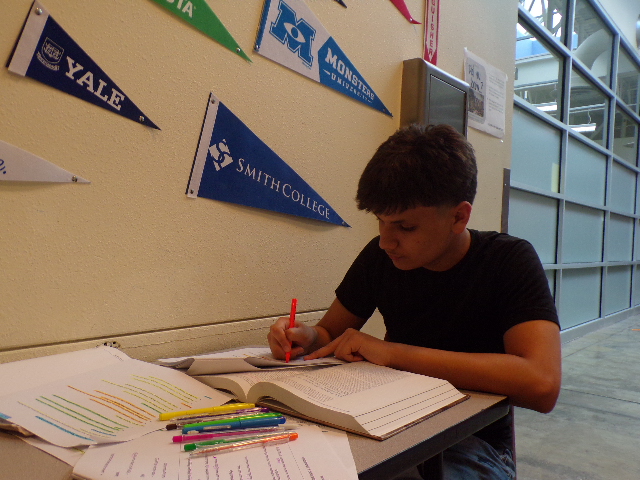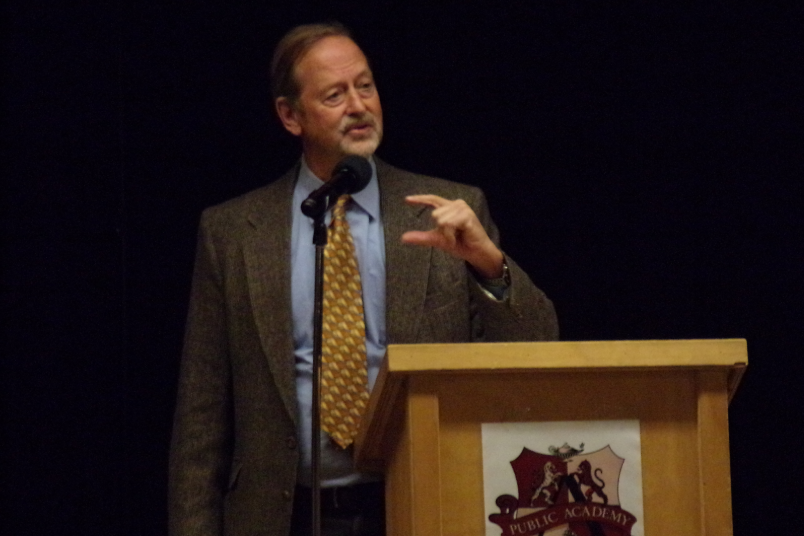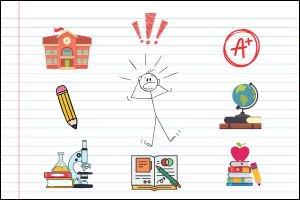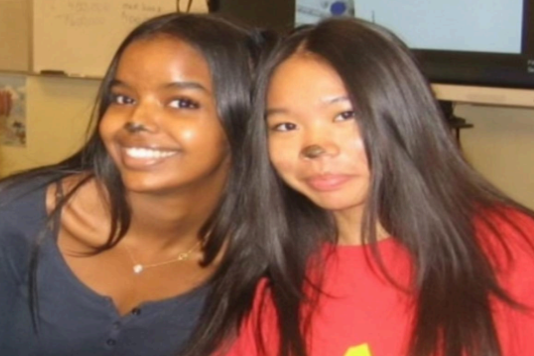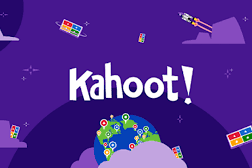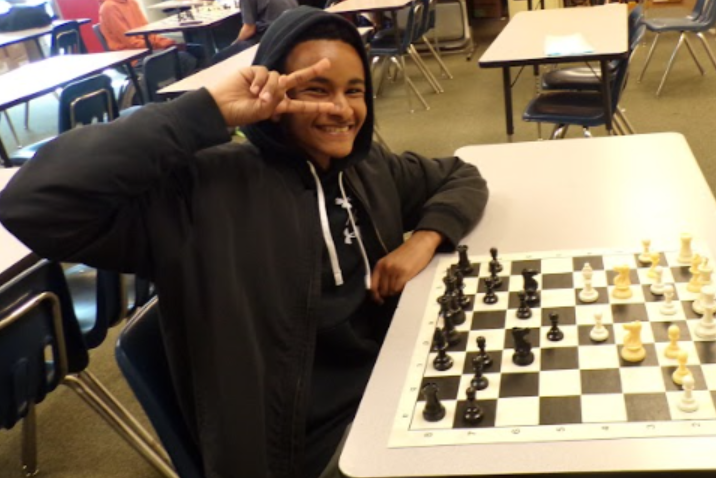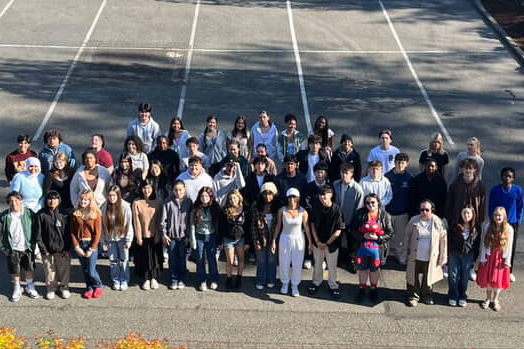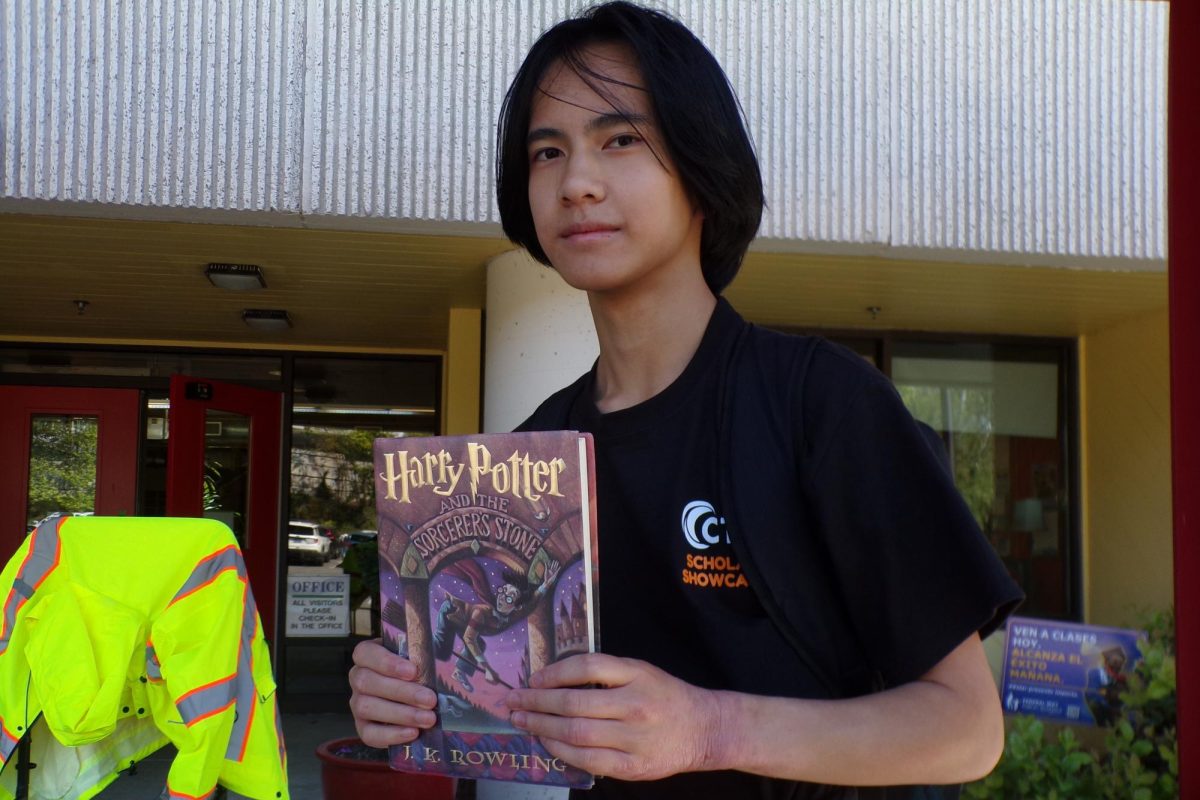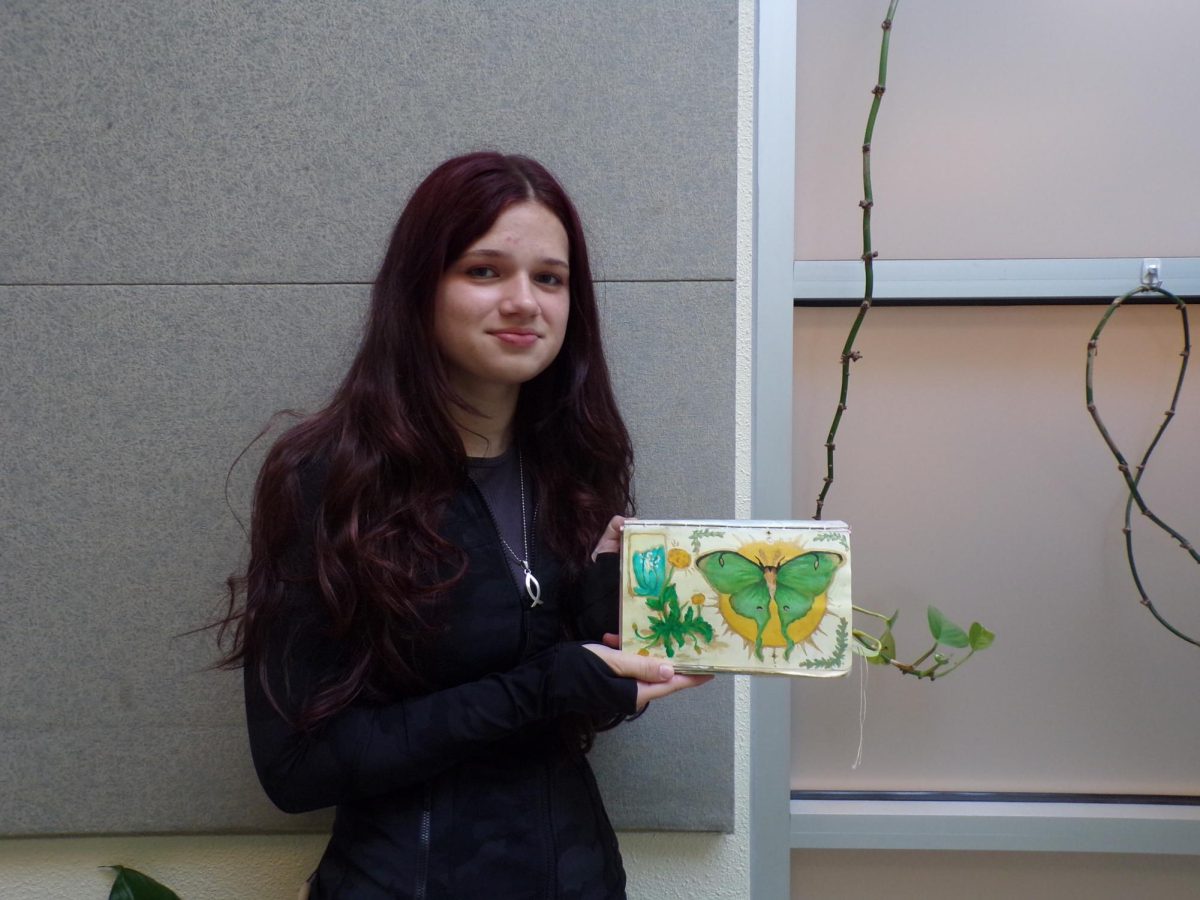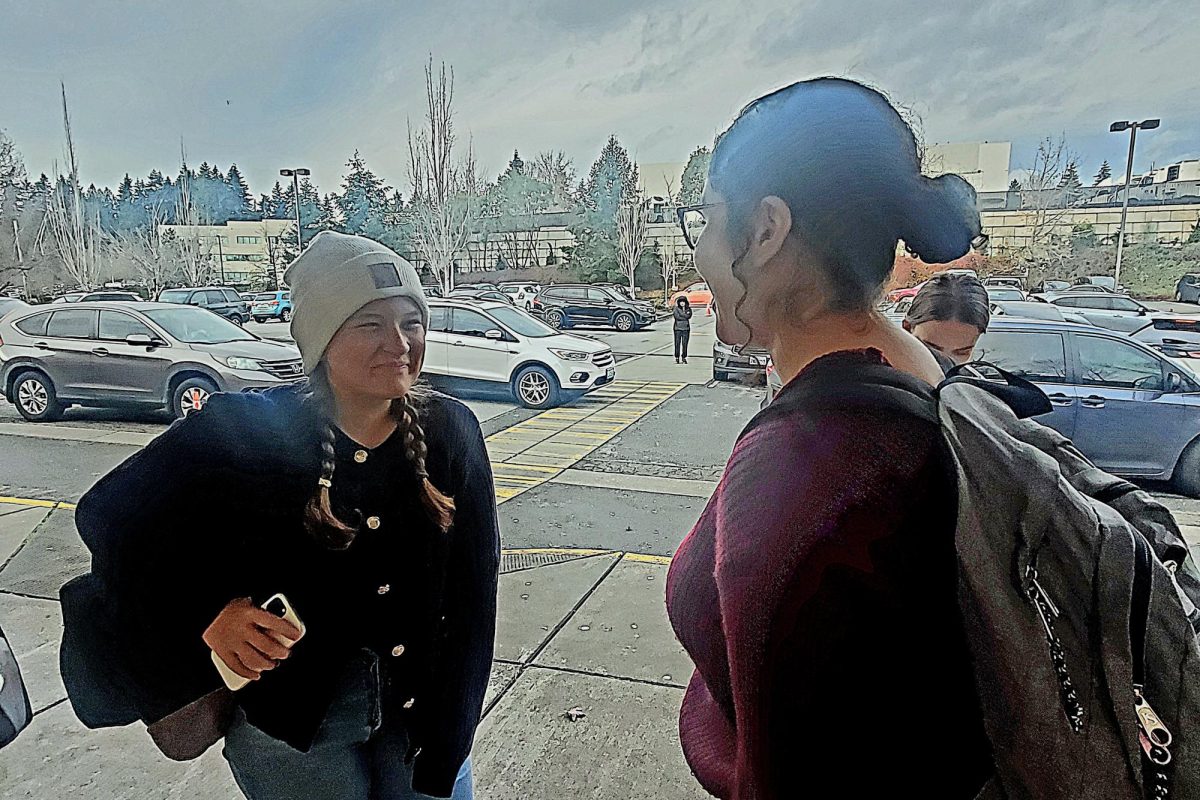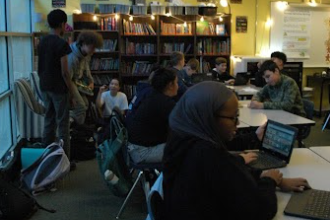Language is a system that people use to communicate, or share information. It includes speaking, writing, making gestures, and body movements. It’s estimated that up to 7,000 different languages are spoken around the world.
In the US, the dominant language is English. For those whose native language isn’t English, the amount that they speak their native language in their day-to-day lives may change. For many, this means that they lose their proficiency in their native language. That is why it is important to speak it at home or find people who speak the same language.
For a lot of people, they have relatives that don’t speak an ounce of English, and knowing their native language can allow for easy communication. “It really helps when relatives talk to you,” says Maha Abdulla, who speaks Somali.
Language also ties into culture for many people in many different ways. Not only does it help with communication, but “if I needed to do a culture thing with my family, I’d know what to say,” Aiden Hong states.
For some, it is not even communication that is the problem. “Since I speak Russian, many people think I’m Russian,” says Iosif Cristev. Iosif is from Moldova and speaks Russian, but people assume his nationality due to the language he speaks. “People start having hate or something else on me because of the war going on,” he explains. “There are a lot of things going on in the world, and that can make people biased against a specific country and the people of that country. This bias negatively affects the people from that certain area, especially when their country’s affairs have almost nothing to do with them.
Fun fact, learning a second language isn’t just good for language skills—it is also great for the brain. It can make the individual smarter, more flexible mentally, and better at solving problems. There have been multiple studies proving this. Some people learn other languages for fun, and others learn so that they can live in a certain area. The only difference between a native speaker and someone who speaks a language that is not their native tongue would be the lack of a cultural connection to the languages. For those that learn new languages, it helps inform them more about the culture behind the language and allows them to better understand the world around them.
Some might not know, but Mr. Roberts, who teaches 9th and 10th grade ELA, speaks 3 languages. Mr. Roberts was born in Wisconsin and grew up in Oregon, and he learned German and French. “I have been able to interact with people on levels I haven’t previously,” Mr Roberts explains. Knowing a foreign language can connect people in a way that they wouldn’t have otherwise.
Which is the most spoken language at FWPA? Ilya Prozorov guessed,“Ukrainian or Russian,” and he is not the only one. Since FWPA has a lot of students who come from Eastern Europe, many students think that it would be either Russian or Ukrainian. The graphs below show more information about the languages that FWPA students speak.

Looking at the data, we see that on the first pie chart, Russian has the highest percentage of both of the charts. However, Spanish is tied for second on the first chart and is second on the second chart. Ukrainian is still among the highest languages.
Language is a vital part of human connection. It allows us to share our ideas, thoughts, and feelings with others. It is also one of the most important parts of any culture. Language affects everybody differently, whether positively or negatively, and it gives experiences that are unique to every individual.


